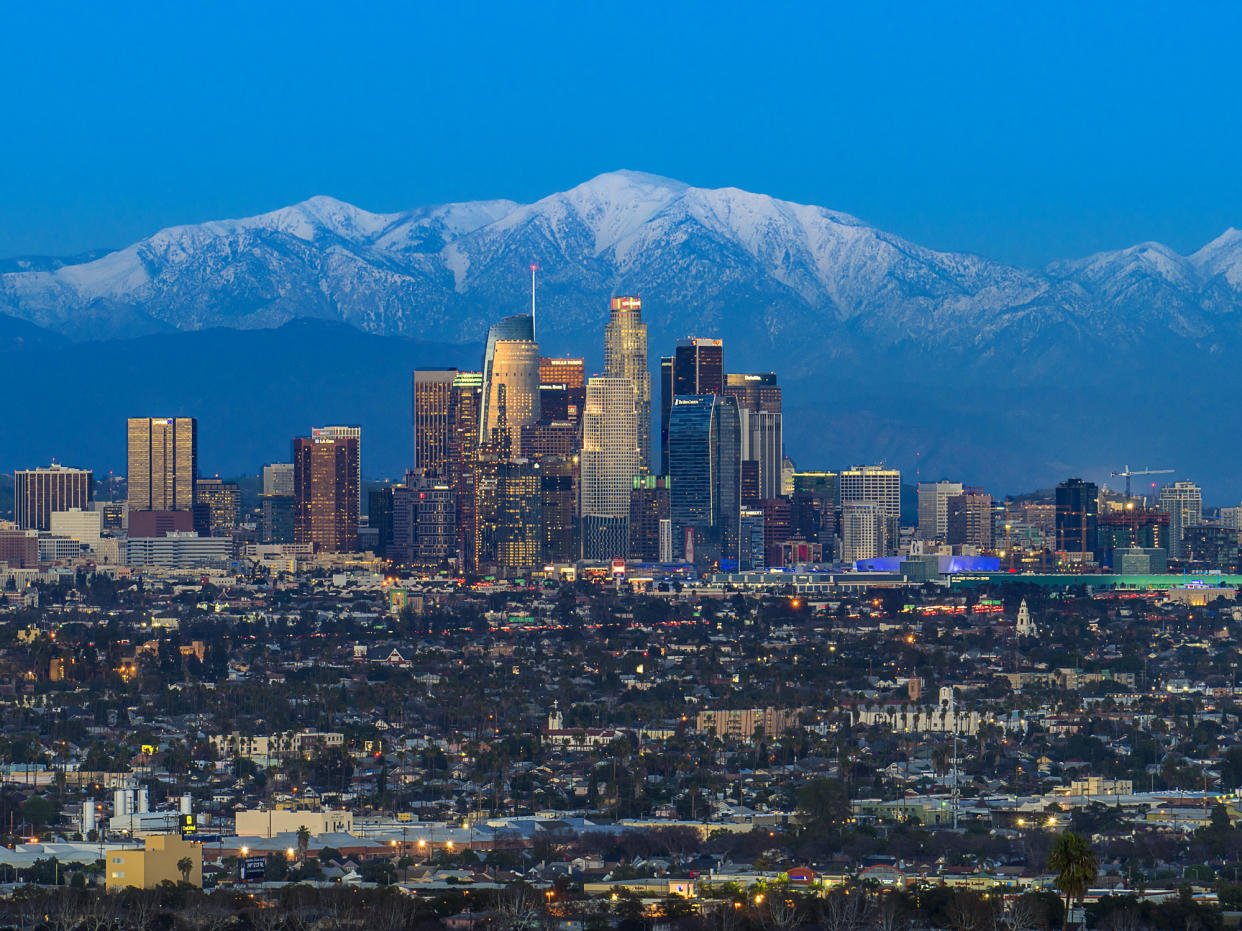Aerodome is sending drones to the scene of the crime

If you’ve spent any time in Los Angeles, you’re no doubt aware that police helicopters are a permanent fixture in the skies above. The LAPD has been monitoring the City of Angels since the mid-1990s. But in recent years, LA and other metropolitan areas have been increasingly turning to drones as a significantly smaller and more efficient alternative for first responders.
LA-based Aerodome sees great opportunity in the airspace above urban areas, including its own backyard. The startup operates in the Drone-As-First-Responder (DFR) space. It’s exactly what it sounds like: using UAVs to get a first view of potential problem areas. That could include a crime in progress, an individual needing the paramedics or a raging fire.
As evidenced by the company’s site, Aerodome is prioritizing the police. Speaking with TechCrunch, co-founder and CEO Rahul Sidhu admits that fire departments can be slower to adopt new technologies. “It’s just a different culture,” the executive said. “There’s a lot of, ‘If it ain’t broke, don’t fix it.’”
Response time is Aerodome’s immediate value prop for potential clients. Sidhu says the drone’s average time to arrive on the scene is 85 seconds — a big improvement over the five or 10 minutes experienced in many locales. It might not sound like a lot, but this is one of those cases where a few minutes could mean the difference between life and death.
Aerodome doesn’t make the drones itself, at least not currently, Sidhu specifies. Instead it partners with hardware makers. In the wake of ongoing governmental scrutiny against DJI over alleged ties to the Chinese government, many jurisdictions are looking to work exclusively with American manufacturers.
Sidhu concedes, however, that DJI continues to be far ahead of the pack when it comes to certain aspects of surveillance.
“I call it the license plate test,” he said. “If you pop a drone up to 400 feet, DJI — in a very stable way — is able to read a license plate. American drone companies will struggle at that distance.” Essentially, if the client wants to use DJI drones, they’ll work with DJI drones.
Skydio, perhaps the best-known American drone maker in the DFR space, has declined to partner with Aerodome, likely because it'd rather compete directly with its own in-house offering. The category has grown increasingly important for Skydio after it pivoted away from consumer drones, partially inspired by DJI’s addition to the government entity list.
Aerodome’s system is triggered by a 911 call. If it determines that a drone is necessary, it’s able to send one to the location in less than three minutes, owing to its decentralized launch facilities. Sidhu balks at the mention of “autonomy,” however.
“That implies some regulatory scrutiny, when you say things are autonomous,” he said. “I would say they’re ‘automated.’” Here that means that the systems are able to “automatically” fly from the launch pad to the scene. A human is in the loop, mostly in a supervisory role and as a fail-safe, taking over control of the system if things get hairy; it’s something on which the FAA understandably insists.
Aerodrome isn't disclosing the precise number of clients it’s currently working with. Sidhu says it’s working with four cities in Los Angeles County, with additional customers in the Bay Area, New Mexico and “other states.”
The company Wednesday announced a $21.5 million Series A to expand its coverage. The round, led by CRV, brings its total funding to $28 million to date. Andreessen Horowitz, Karman Ventures, Immad Akhund (CEO, Mercury) and Ford Street Ventures also participated.
The money will also go toward expanding Aerodome’s headcount, which currently sits around 30 people.


